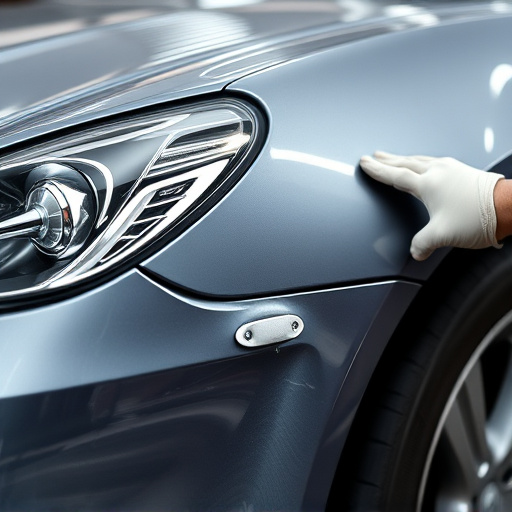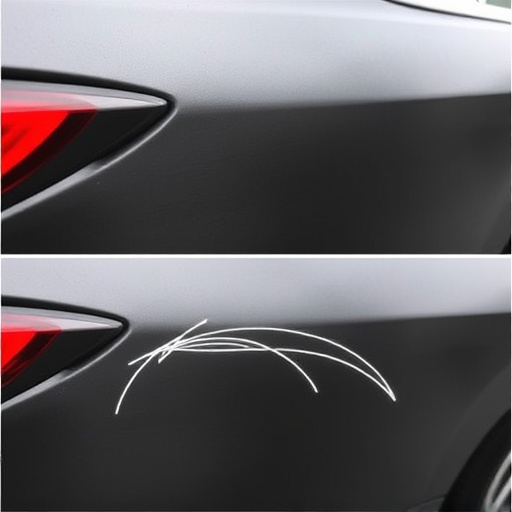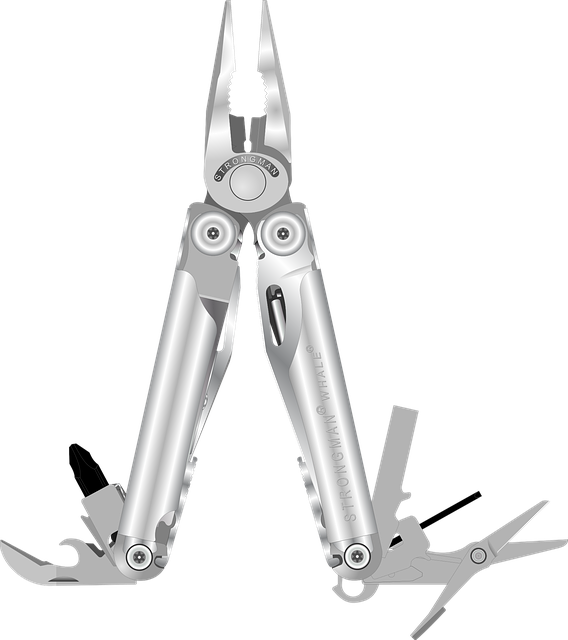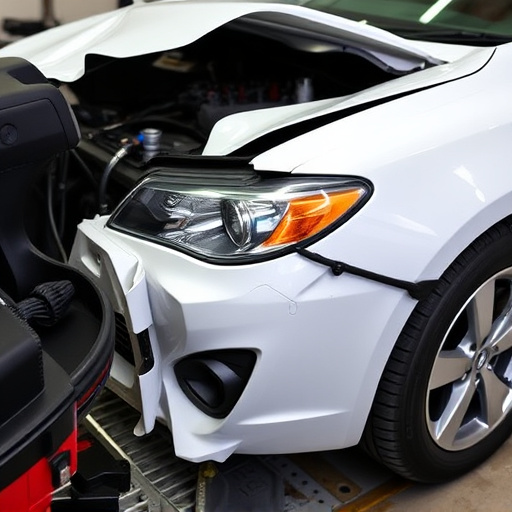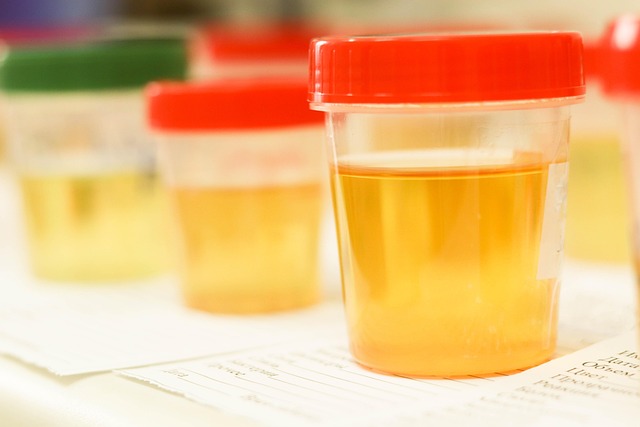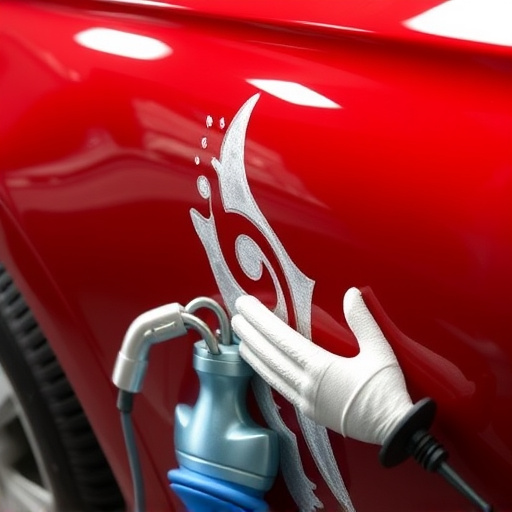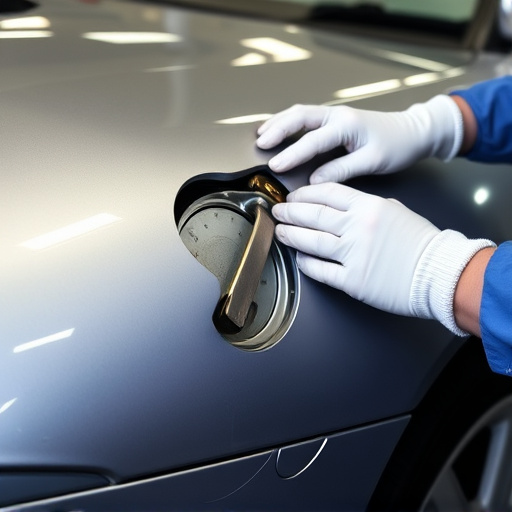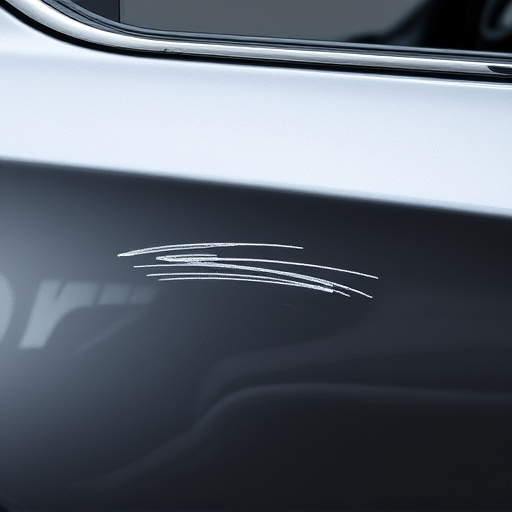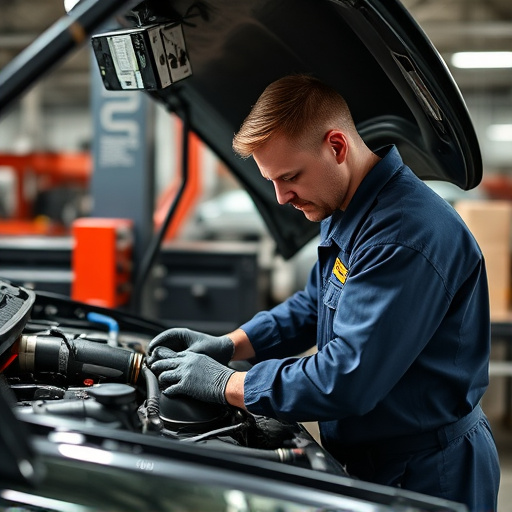Fiberglass panel repair, a versatile skill, demands specific tools and materials. Essential items include abrasive papers, utility knives, epoxy resin, and hardener from specialized stores. For minor damage, use a repair kit, sand, apply resin, cure, then fine-sand and paint for a seamless finish. Avoid using incompatible materials to prevent weak bonds. Proper preparation, including priming and smooth sanding, ensures optimal paint adhesion for durable, matching finishes.
Looking to tackle a DIY fiberglass panel repair project? This guide is your perfect companion. We’ll walk you through everything from understanding fiberglass panels and gathering essential tools, to mastering the step-by-step repair process and steering clear of common mistakes. By following these expert tips, you’ll not only restore your fiberglass panels but also ensure their longevity. Get ready to transform and reinforce with confidence!
- Understanding Fiberglass Panels: Materials & Tools Needed
- Step-by-Step Repair Process: Preparation to Final Touches
- Common Mistakes To Avoid For Successful Longevity
Understanding Fiberglass Panels: Materials & Tools Needed
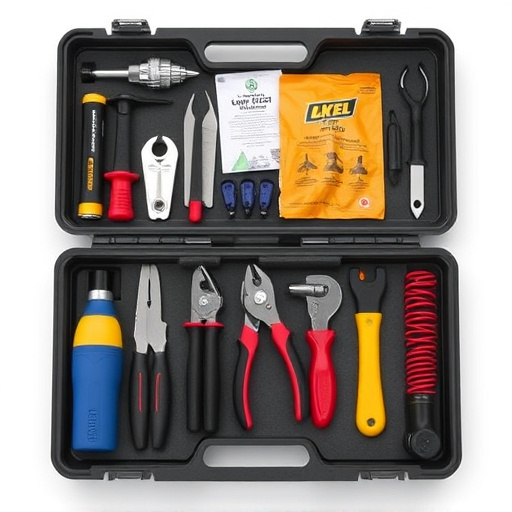
Fiberglass panels are a popular choice for various applications, from automotive components to boat hulls and even building materials. Understanding the unique properties and construction of fiberglass is crucial before tackling any repair project. These panels consist of a plastic resin matrix reinforced with glass fibers, creating a lightweight yet remarkably strong material. When repairing a fiberglass panel, whether it’s a car bodywork or a boat part, having the right tools and materials is essential.
For effective fiberglass panel repair, you’ll require specific tools like abrasive papers (sandpaper) in various grits, a utility knife for trimming, and a cloth or sponge for cleaning. The primary materials include a fiber glass patch, epoxy resin, and hardener, which can be purchased at automotive or marine supply stores. Some auto repair near me shops also offer fiberglass panel repair kits, making it easier to get started on your project. With the right tools and knowledge of scratch repair techniques, you can effectively restore damaged fiberglass panels to their original condition, ensuring a durable and seamless fix for car bodywork or any other fiberglass structure.
Step-by-Step Repair Process: Preparation to Final Touches
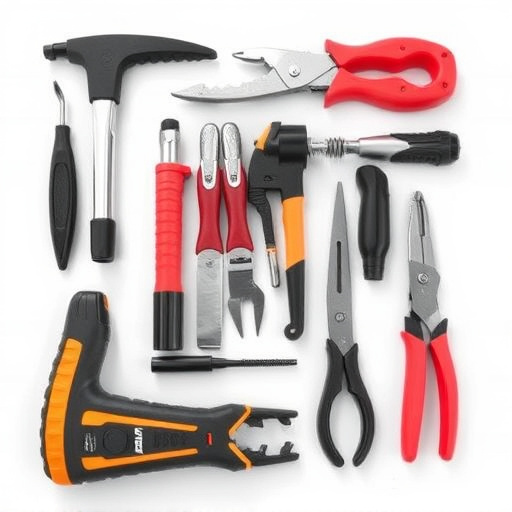
Before starting any fiberglass panel repair, ensure your workspace is clean and well-lit, with all necessary tools and materials at hand. Begin by inspecting the damage closely to determine its extent. This step is crucial for devising an effective repair strategy. For small cracks or chips, use a fiberglas repair kit that includes a resin and hardener, along with reinforcing fabric.
Next, prepare the damaged area by gently sanding it to create a smooth surface. Remove any loose fibers or debris. Apply a thin layer of the mixed resin using a putty knife, making sure it covers evenly. Let it cure according to the manufacturer’s instructions. Once hardened, use a fine-grit sandpaper to smooth out the repair, matching it as closely as possible with the surrounding panel. Finally, apply a touch-up coat of paint to match the original color, ensuring a seamless finish that blends in perfectly with the luxury vehicle repair or car collision repair work.
Common Mistakes To Avoid For Successful Longevity
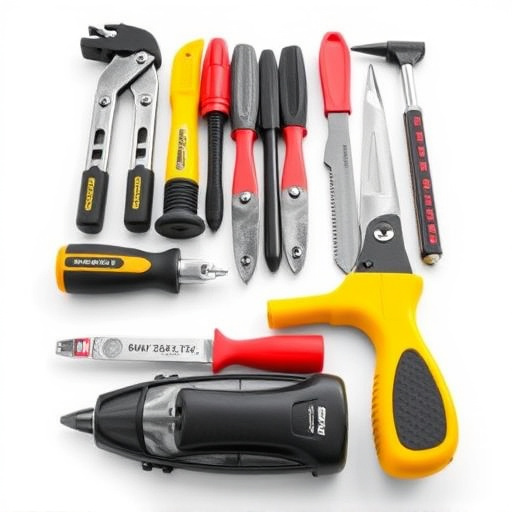
When tackling fiberglass panel repair yourself, it’s crucial to be aware of common mistakes that can compromise the longevity of your work. One of the most frequent blunders is using incompatible materials or adhesives, which can lead to weak bonds and future damage. Always ensure you’re using products designed specifically for fiberglass repairs, as generic solutions may not provide adequate protection against elements like moisture and UV rays.
Another pitfall involves inadequate preparation of the damaged area. Skimping on priming or not sanding properly can result in poor paint adhesion and visible repairs. Remember, a smooth surface and proper conditioning are essential for achieving a seamless finish, especially if you’re aiming to match the original car paint services and maintain the aesthetics of your vehicle’s exterior, avoiding any unsightly patches or imperfections that resemble car damage repair done poorly.
Repairing fiberglass panels yourself can be a rewarding DIY project, extending the lifespan of your surfaces and saving you money. By understanding the material, gathering the right tools, and following a systematic approach, you can achieve professional-looking results. With these tips for fiberglass panel repair, you’ll be well-equipped to tackle small damages and maintain your surfaces with confidence. Remember, taking preventive measures, being meticulous, and learning from common mistakes will ensure long-lasting repairs.

